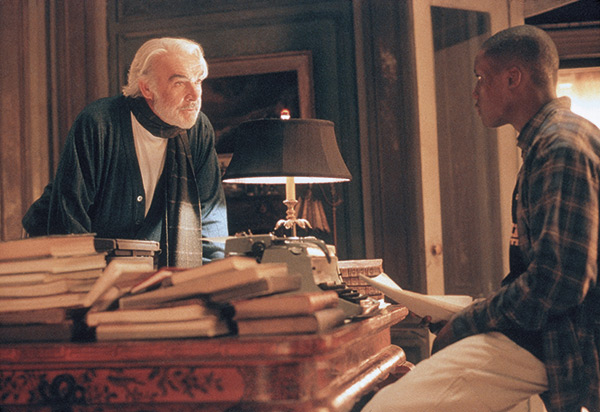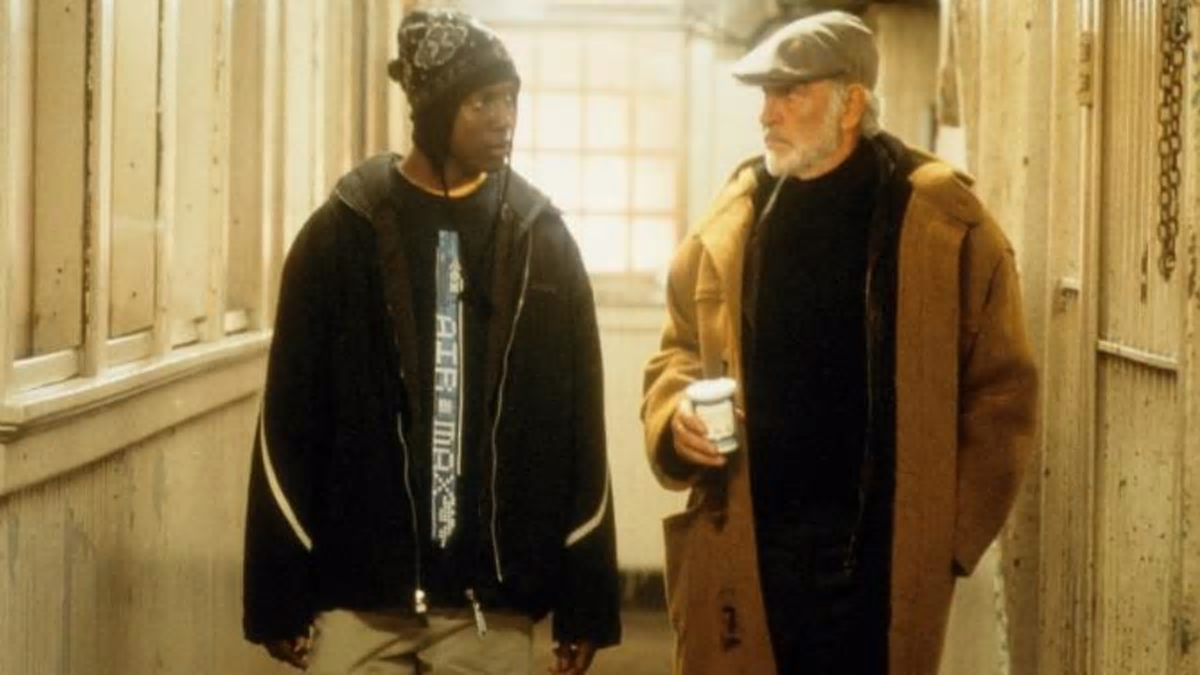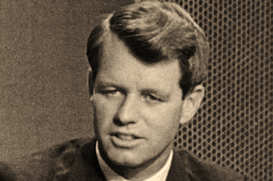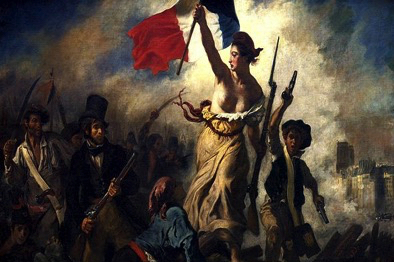You and I
|
For nearly two decades, I have told my students that they must watch Finding Forrester and write an essay entitled “Why in the hell does Campbell want me to see this movie?” How’s that for an open-ended topic for an essay? There are dozens of reasons for wanting my classes to see the film and to ponder its message. One is that teaching and learning is a two-way street. A good teacher learns as much as his/her students do as the student learns from the teacher. Forrester told Jamal to copy something that Forrester had written. He wasn’t teaching Jamal to plagiarize but to learn how to write. Essentially, he was telling his student what Somerset Maughan said when explaining how to become a great writer. Maughan said to take an author that you like and copy the entire book. His contention was that one would learn style, cadence, form, and technique. That was Forrester’s suggestion. 
Another critical issue that is clearly revealed in the movie was that both Forrester and Jamal lived in their own ghettos. Jamal’s ghetto was that of poverty and racism. Forrester’s ghetto was his isolated cocoon existence away from the real world. Their relationship enabled each to exit their own ghettos. However, in both the ghettoized settings of Forrester and Jamal, there is the fear of not knowing what freedom from their ghettos will be like. They knew what life was like where they were, which, while not a pleasant life, was a known existence. Freedom wasn’t a known commodity to either of them. 
Discovering the world outside of each of their ghettos If Bobby Kennedy had been there, he would have said to both Forrester and Jamal, “Some men see things as they are and say, why; I dream things that never were and say, why not.” Bobby wanted them to grasp the idea that imprisonment in each of their ghettos had two sources that kept them from being free: society and themselves. The only means for them to escape their captivity was to say what Regina Dugan said about the fear of failure. “What would you attempt if you knew you could not fail?” Teddy Roosevelt gave a speech at the Sorbonne in 1910. While it was a lengthy speech, one single paragraph caught the imagination of millions. That paragraph is known as Man in the Arena.
Forrester and Jamel needed to develop a means to face the world in which they lived in spite of the fear facing them. How is that any different than the world filled with fear in which we live. Fear is double-sided sword. Forrester said, “We walk away from our dreams afraid we may fail, or worse yet, afraid we may succeed.” This video is of Regina Dugan talking about fear.
Visit the Bobby Kennedy page to read more about this topic.
Visit the "Don Quixote" page to read more about this topic.
Visit the Darkest Before Dawn page to read more about this topic.
Visit the Best and Worst of Times page to read more about this topic.
Visit the On Seeing the Light page to read more about this topic.
Visit the Connecting the Dots page to read more about this topic. 05/11/18 Follow @mountain_and_me |












